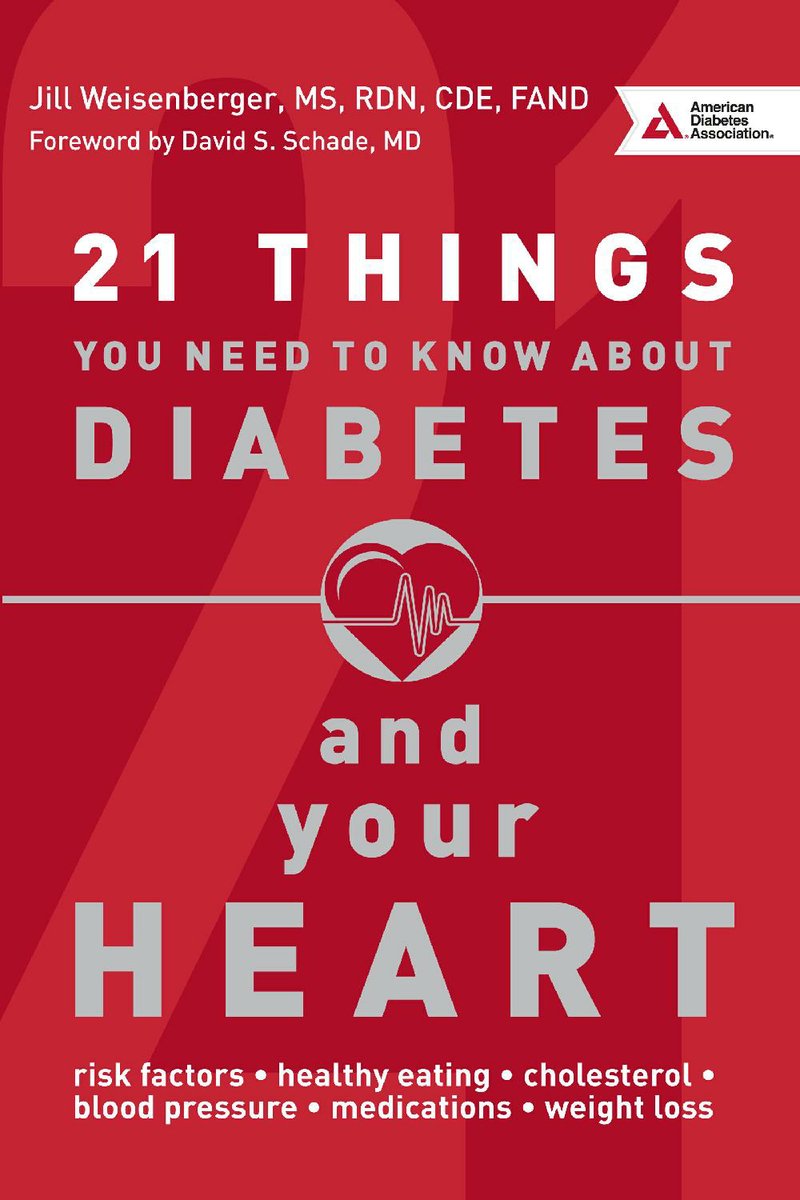Pasta doesn't make you fat. It's how much pasta you eat that makes you fat.
-- Giada De Laurentiis,
chef and cookbook author
I love the quotation above because it reminds me of how I've tried to come to terms with my eating habits. Having one cookie isn't the worst thing, but having the whole bag can be.
Like a petulant child, I really resent having to watch what I eat and drink. If someone tries to tell me that a food is forbidden or a no-no, they've basically, in my mind, just challenged me to eat it.
I am a diabetic. Thousands and thousands of people are diabetic. I struggle with my eating and I know that I truly am not alone in this.
Thousands and thousands of people have heart disease, cancer and an array of other health issues and diseases that can be affected by our eating habits.
When I was first diagnosed, I had this fear that if I ate one candy bar or cookie I could quickly slip downhill and die. It was a matter of life and death.
And really, it still is.
But as time has gone by, I've let my guard down and lapsed back into a couple of old habits. I don't always do what's best for me.
It's like Paul said in Romans 7:15: "For I do not understand my own actions. I do not practice or accomplish what I wish, but I do the very thing that I loathe."
And, like they sang in Disney's Beauty and the Beast, "it's a tale as old as time." But at least I am more aware of what I'm doing, which is a start.
WAKE UP
I received a copy of the book 21 Things You Need to Know About Diabetes and Your Heart and decided to read it. It's by Jill Weisenberger, a registered dietitian who has a practice in Virginia.
Her goal is to teach and encourage diabetics to care for their hearts. After reading the book I see she's on the right track. Sadly, much of the content is stuff we may already know but don't practice.
She begins by explaining the term "heart disease," or cardiovascular disease. These are catchalls used to describe several diseases of the heart or blood vessels. And she says that people with diabetes are at double the risk of having these diseases.
So what is the diabetes-heart connection?
Blood vessel damage throughout the body occurs more frequently, at an earlier age and with greater severity in people with diabetes. People with diabetes tend to have problems with blood vessel dilation and a greater likelihood of forming clots that obstruct blood flow. Research also links insulin resistance to heart disease as well as high blood pressure, excessive blood cholesterol and high triglyceride levels.
Good lifestyle habits can help put us in control of our lives. And medical management of risk factors and health problems greatly improves our chances of leading a full life without the worst effects of heart disease, which often culminate in having a heart attack.
So what are the symptoms of a heart attack?
The author says they vary from person to person. Common signs include chest pain or discomfort, upper body discomfort and shortness of breath. Less common signs include nausea, breaking out in a cold sweat, feeling unusually tired for no apparent reason, and sudden dizziness or feeling lightheaded.
Diabetic nerve damage or neuropathy may cause symptoms to be milder or even mask them. The main thing is to get to the hospital immediately if you think you are having a heart attack.
TAKE CHARGE
She asserts that monitoring our blood glucose is empowering, but many of us just don't do it regularly. If we can approach it with the right attitude, self-monitoring our blood glucose can put us in charge. And by using the results effectively we can work to control our diabetes and health.
The book has no actual list of 21 things to do, but there are 21 chapters full of solid advice and information that will benefit many. There are several chapters about eating and how changing our habits in a few small ways can make a big difference.
Weisenberger says that moderate weight loss can improve insulin resistance. She's talking 5 percent to 10 percent of our body weight. And losing just 10 pounds can be effective in controlling high blood pressure.
There is no magic plan, food or pills that will melt fat from our bodies. And we don't need to follow long lists of restrictive dietary rules and/or give up our favorite foods entirely.
We mainly need to understand, the author says, that any diet that helps us lose weight does so because we consume fewer calories than our body burns. And that does not necessarily mean we have to drastically cut calories to lose weight.
What it does mean is that we need to change our diets to consume fewer calories, increase our physical activity or, preferably, both.
Our best diet will be one that we can live with long term. It should include foods we enjoy in reasonable quantities and not restrict the foods we need for optimal health.
Weight loss cannot be the only goal though, Weisenberger says. Our best diet should balance enjoyment and good health.
I second that!
For more information, go to Diabetes.org the website of the American Diabetes Association.
Email me at:
rboggs@arkansasonline.com
ActiveStyle on 03/23/2015
